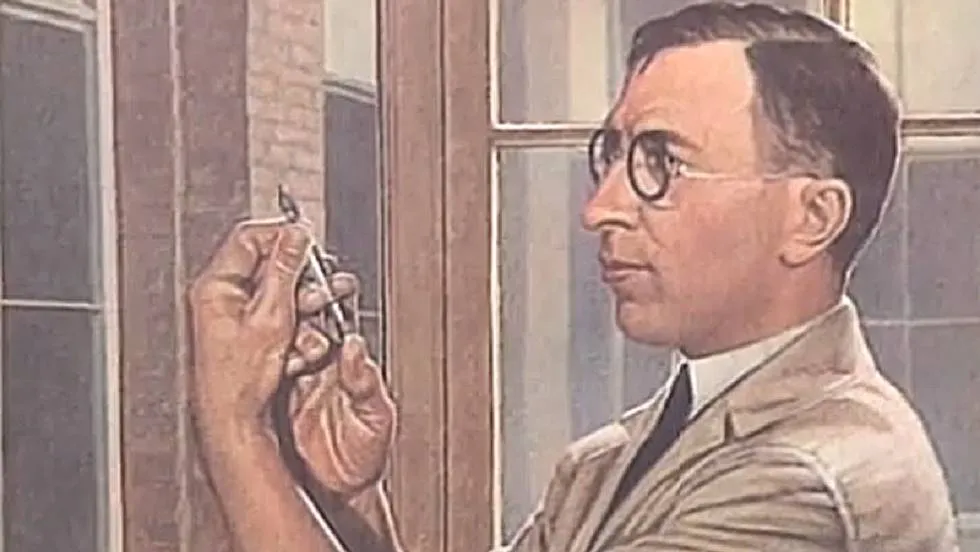The insulin was discovered in summer 1921 by Sir Frederick Grant Banting as a result of a series of experiments carried out in the Chair of Prof. John J. R. Macleod, Professor of Physiology at the University of Toronto.
Banting had already shown much interest in diabetes and had closely followed Shafer's work and others, who had observed that diabetes was caused by the lack of a protein originated in the cells of Langerhans Islets and that they had called insulin.
Shafer supposed that insulin controlled the metabolism of blood sugar and its elimination in urine, so that its lack caused increased urinary excretion.However, its attempts to replace this insulin deficiency by administering diabetic patients pancreas extracts had failed, probably due to the presence of proteolytic enzymes in pancreatic extracts.
Turning to the problem, in 1921, Banting read a publication of one Moses Baron in which it was shown that the pancreatic duct ligation caused the degeneration of the producing cells of the tripsin, while the Langerhans islets remained intact.
Banting managed to convince Macleod so that, during the holidays of this he would assign an assistant and allow him to use his laboratories.Charles Best, a chemistry student was in charge of isolating the alleged protein.
In just 9 weeks, fighting against clock, Banting and Best linked the pancreatic duct of several dogs and obtained a tripsin -free pancreas extract.Then, they caused an experimental diabetes in other dogs and, once the disease was developed, they found that the administration of the pancreas extract of the former reduced or annulled the glycosuria of the seconds.They had discovered insulin.
As a consequence of this discovery, Macleod and Banting received the Nobel Prize in Medicine in 1923.Banting protested because Macleod shared the prize instead of Best, and distributed his Nobel part with the latter.


